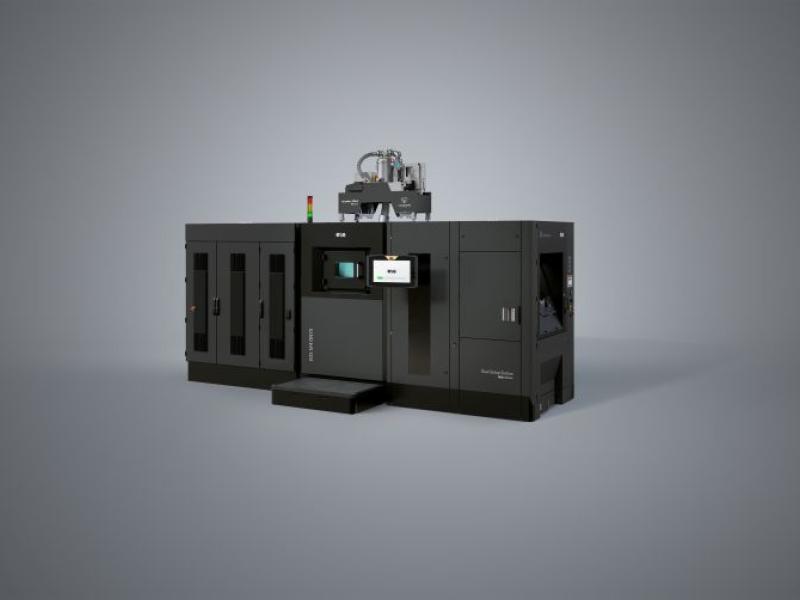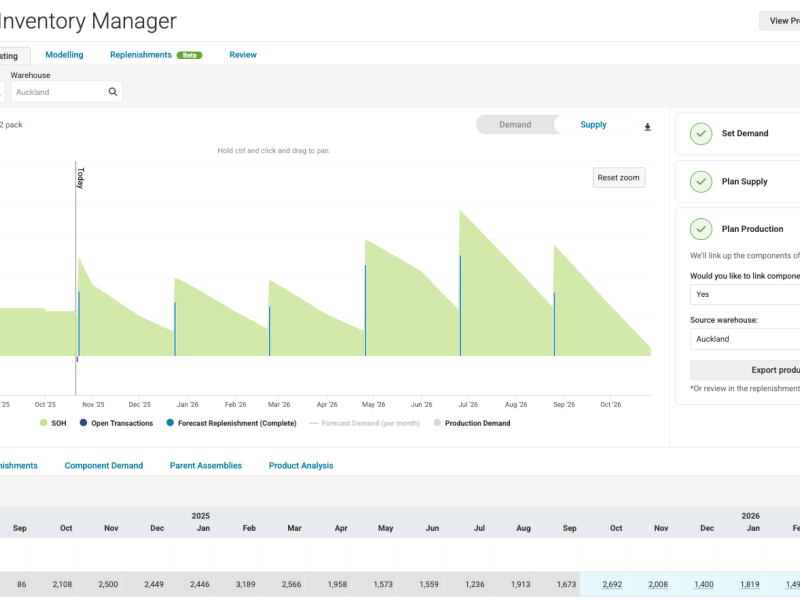While the presidential tariffs policy shift is expected to spark a surge in U.S. manufacturing activity, it has also exposed a glaring vulnerability: a widening skills gap and the urgent need for workforce enablement. Manufacturing executives point to a sector racing to meet the expected rising demand, yet they are struggling to hire, train, and retain the skilled labor essential for modern production. The solution, increasingly, lies in leveraging advanced workforce enablement technologies that not only bridge the labor gap but also drive operational efficiency and resilience.
The Growing Skills Gap: A Barrier to Growth
The industry’s optimism about increased activity is tempered by deep concern over workforce readiness. According to a recent Workforce Enablement Survey for manufacturing executives, a striking 70.9% of respondents are worried about adding labor as tariffs boost U.S. manufacturing demand. The most pressing challenges cited include skill gaps (30.1%), training and development (23.3%), retention (20.4%), and employee engagement (24.3%)-a clear indication that the sector’s talent pipeline is under strain.
This concern is echoed in broader industry research. The 2025 Smart Manufacturing and Operations Survey by Deloitte found that nearly half of manufacturers face moderate to significant challenges in filling production and operations management roles, with 35% citing the need to adapt workers to the “Factory of the Future” as a top concern. The challenge is not just in hiring but in equipping existing employees with the skills and tools to thrive in increasingly digital environments.
Technology as a Workforce Multiplier
Faced with these challenges, manufacturers are turning to technology as a strategic lever. Forty-one percent of manufacturers are already using AR/VR and automation technologies for workforce enablement, with another 40.8% planning to implement these tools soon. These technologies are reshaping plant floor operations in several key ways:
- Immersive Training Simulations: AR and VR are revolutionizing training by providing realistic, hands-on simulations that accelerate learning and improve retention. Early adopters have reported training new workers 30–40% more efficiently and reducing assembly times by half. This is particularly valuable as the sector seeks to onboard a new generation of workers and transfer knowledge from retiring experts.
- Remote Assistance and Virtual Collaboration: AR-enabled remote support connects frontline workers with offsite experts in real time, increasing first-time fix rates and reducing downtime. In one case, a global manufacturer saw a 67% improvement in first-time fix rates and a 20% boost in engineer efficiency by leveraging AR for remote troubleshooting.
- Automation and AI-Driven Analytics: Robotics, robotic process automation (RPA), and AI-powered analytics are streamlining repetitive tasks, enhancing quality control, and providing actionable insights to optimize production. The adoption of automated quality control and industrial robots is helping manufacturers do more with less, mitigating the impact of labor shortages.
The recent survey confirms this trend: 32% of respondents are using Learning Management Systems (LMS), 29% are leveraging performance management software, and 32% have adopted AR/VR and automation to enable their workforce. The convergence of these technologies is closing the skills gap, improving retention, and elevating overall plant efficiency.
Measuring the Impact: Productivity, Retention, and Satisfaction
Manufacturers are not just investing in technology-they are rigorously tracking its impact. The most common metrics for measuring the success of workforce enablement initiatives include productivity metrics (39.8%), employee performance (20.4%), retention rates (20.4%), and employee satisfaction surveys (9.7%). The results are promising: 61.8% of executives find these technologies effective in addressing workforce challenges, with nearly 30% rating them as “very effective”. This data-driven approach ensures that technology investments are aligned with business goals and deliver tangible value.
Barriers to Adoption: Cost, Complexity, and Culture
Despite the clear benefits, manufacturers face significant hurdles in adopting new technologies. The top concerns cited are complexity (39.8%), integration with existing systems (21.4%), cost (19.4%), and employee resistance (9.7%). These challenges are not trivial. Integrating advanced tools into legacy environments requires careful change management, robust training programs, and a commitment to fostering a culture of innovation.
Real-World Examples: Re-Skilling and Plant Floor Transformation
Across the industry, forward-thinking manufacturers are re-skilling workers and increasing plant floor efficiency through digital tools. For example, companies are using AR-guided work instructions to onboard new employees rapidly and ensure consistent quality. Others are deploying LMS platforms to deliver personalized training modules, track skill development, and identify future leaders.
The use of virtual collaboration tools and remote assistance is also enabling manufacturers to tap into a broader talent pool, including experts who may not be physically present on the plant floor. This flexibility is especially valuable as companies adapt to fluctuating demand and evolving workforce demographics.
Building a Resilient, Tech-Enabled Workforce
As the manufacturing sector responds to the dual pressures of rising demand and a tightening labor market, the adoption of workforce enablement technologies is not just a competitive advantage-it is a necessity. The data is clear: manufacturers must invest in AR/VR, automation, and advanced learning systems to be better positioned to close the skills gap, boost productivity, and retain top talent.
Yet, technology alone is not a panacea. Success depends on a holistic approach that combines digital tools with robust training, clear communication, and a culture that embraces change. By doing so, manufacturers can build a resilient workforce ready to power the next chapter of American manufacturing.
Manufacturers who embrace workforce enablement technologies-while addressing the human and operational challenges-will lead the way in the new era of American manufacturing.
About The Author: Dijam Panigrahi is Co-founder and COO of GridRaster Inc., a leading provider of cloud-based platforms that power compelling high-quality digital twin experiences on mobile devices for enterprises. For more information, please visit www.gridraster.com.






